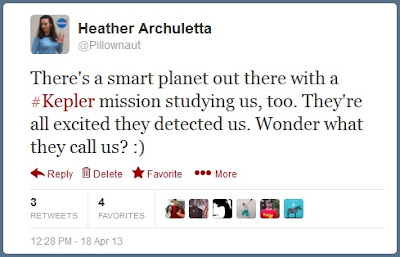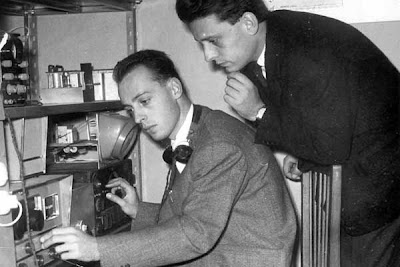A roar of Antares rocket engines ushered in a new era yesterday, but I wonder how many people realize it? A massive milestone is upon us: not just a non-government agency building a successful heavy-launch vehicle, but the introduction of competition in the industry.
The success of SpaceX wasn't a fluke, friends. We now live in the Age of Commercial Rockets. The year 2013 begins the new Space Race!
Final 30 seconds of Antares Countdown - April 21, 2013
(Through MECO, stage separations and orbit)
(Through MECO, stage separations and orbit)
Orbital Sciences Corporation (Dulles, VA) test-launched their Antares rocket yesterday, from the Mid-Atlantic Regional Spaceport's Pad 0A at the NASA Wallops Flight Facility on the Virginia coast. And it was a smooth, perfect, by-the-book liftoff! Or should I say... NOMINAL. Wow, that guy in Mission Control really, really likes the word nominal. But,we'll take it.
The smashing success of the Antares A-One maiden flight now opens the doors for a NASA-approved test flight to the ISS!
On this voyage, the rocket delivered a Cygnus mass simulator to orbit; in other words, a mock payload designed to be the same weight and properties of a Cygnus capsule. The next mission, scheduled for later this year, will be a demonstration flight of a genuine Cygnus resupply ship to our orbiting space station.
Twitter turned into a veritable tornado of rocket chatter, with many folks along the east coast watching the skies -- and still more around the world, glued to NASA Television. Antares broke the sound barrier around the 1-minute mark (in contrast, the Space Shuttle used to break the sound barrier in about 30 seconds), and achieved the necessary speed of 17,000mph to reach standard orbit.
Hours after launch and monitoring, Alan Lindenmoyer, manager of NASA's Commercial Orbital Transportation Services (COTS) program, said the preliminary results suggest the Antares test launch met 100% of the objectives defined in the Space Act Agreement between NASA and Orbital Sciences.
This was not just first launch of an Antares A-One, but also the very first orbital launch of a liquid-fueled rocket from Wallops. Congratulations to both!























